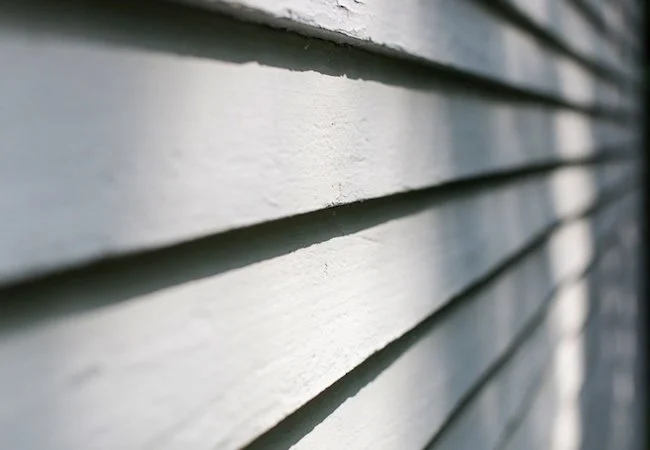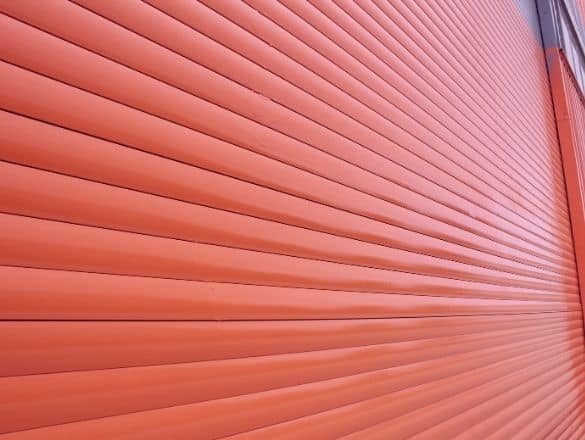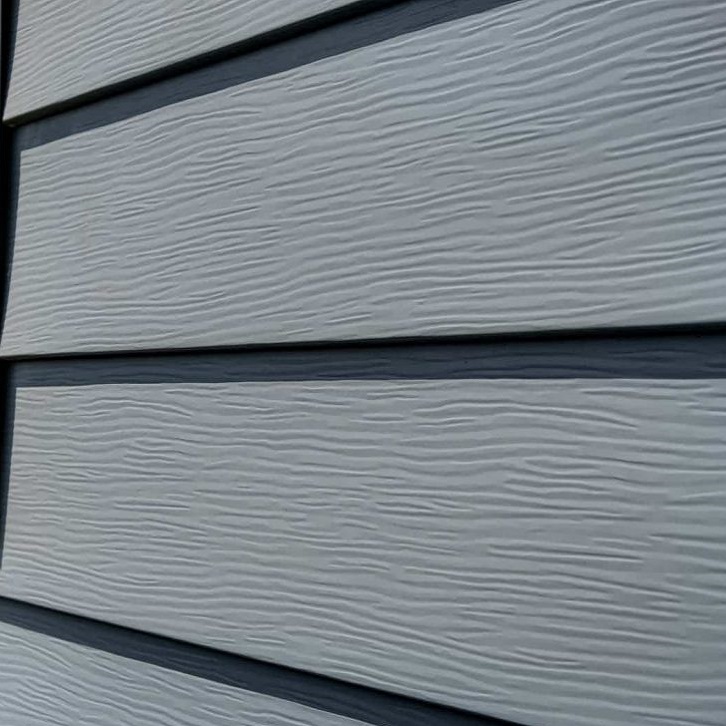Learn About the Life Span of Aluminum Sidings and See How Long Do Aluminum Sidings Last
In home exteriors, few materials boast the combination of versatility, resilience, and aesthetic appeal quite like aluminum siding. As homeowners seek durable solutions that withstand the test of time and the elements, aluminum siding has emerged as a popular choice. But the question lingers: How long do aluminum sidings truly last? In this exploration, we delve into the longevity of aluminum siding, unraveling the factors that contribute to its endurance and uncovering the secrets to maintaining a home exterior that stands strong against the passage of time. Whether you’re considering an upgrade or simply curious about the lifespan of aluminum siding, join us on a journey to understand the lasting power of aluminum sidings.
The Life Span of Aluminum Siding

The life span of aluminum siding depends on various factors, such as the quality of the material, installation practices, and the local climate. Generally, aluminum siding is known for its durability and resistance to rust and corrosion.
When properly installed, cleaned and maintained, aluminum siding can last for several decades.
One of the primary advantages of aluminum siding is that it can withstand the harshest weather conditions. It is resistant to moisture, which helps prevent issues like rotting and mold growth. Additionally, aluminum does not rust, making it an excellent choice for areas with high humidity or coastal climates where exposure to saltwater can be a concern.
The thickness of the aluminum siding also plays a significant role in its longevity. Thicker gauges of aluminum tend to be more robust and durable, providing better protection against impacts and environmental stressors. Quality installation is crucial, as improper installation can compromise the siding’s performance and longevity.
Cleaning with a mild detergent and water helps remove dirt and grime, preserving the appearance and structural integrity of the siding. Periodic inspections allow homeowners to identify and address any issues promptly, preventing potential damage.
How to Increase the Life Span of Aluminum Sidings

Ensuring the longevity of aluminum siding involves a combination of proper installation, routine maintenance, and strategic care. Here are key steps to increase the life span of aluminum sidings:
Professional Installation:
Seek the expertise of professional installers for the initial installation. Properly installed aluminum siding minimizes the risk of issues such as warping, buckling, and water infiltration. Ensure that the installation complies with manufacturer guidelines and local building codes.
Choose High-Quality Materials:
If want to increase the life span of aluminum siding, Opt for high-quality siding with a thicker gauge. Thicker siding provides better resistance to impacts and environmental stressors. Invest in a product that comes with a protective finish to enhance durability and resist fading over time.
Regular Cleaning:
Perform regular cleaning to remove dirt, dust, and other contaminants that can accumulate on the surface. Use a soft brush, mild detergent, and water for cleaning. Avoid abrasive materials or harsh chemicals that could damage the protective coating.
Inspect for Damage:
Perform regular examinations of the siding to detect any indications of harm, such as dents, scratches, or panels that are not securely in place. Resolve issues promptly to avert additional damage and uphold the structural stability of the siding.
Control Vegetation:
Trim or remove vegetation, such as vines or tree branches, that may come into contact with the siding. This helps prevent scratches and damage caused by abrasive plant materials and reduces the risk of moisture retention against the siding.
Address Paint or Finish Issues:
If the siding possesses a painted or finished exterior, keep a close watch for any indications of peeling or chipping. Quickly address and touch up any areas that show damage to prevent exposure to the elements, as this exposure can result in corrosion or fading.
Protect Against Abrasion:
Be cautious when placing or moving items around the exterior of the house. Avoid activities that could cause abrasion, such as dragging heavy objects against the siding. This helps maintain the aesthetic appeal and integrity of the aluminum surface.
Ensure Proper Ventilation:
Adequate ventilation behind the siding is crucial to prevent moisture buildup. Proper airflow helps mitigate the risk of corrosion and mold growth. Verify that the installation includes a breathable underlayment and provides sufficient ventilation channels.
Manage Humidity Levels:
Control indoor humidity levels to prevent condensation behind the siding. Excessive moisture can lead to corrosion and other issues. Proper insulation and ventilation within the home contribute to maintaining optimal humidity levels.
What Other Cladding Systems Can Last Longer Without Requiring Challenging Maintenance?

Beyond aluminum siding, several cladding systems are known for their durability and low-maintenance characteristics. One such system gaining popularity is Aluminum Composite Panels (ACPs). Here’s an overview of ACPs and some other cladding systems that offer extended longevity with minimal maintenance challenges:
Aluminum Composite Panels (ACPs):
· Composition: Aluminum composite panels consist of two aluminum sheets bonded to a non-aluminum core, typically made of polyethylene. This composition provides strength, lightweight properties, and resistance to corrosion.
· Durability: ACPs are renowned for their durability and weather resistance. They can withstand harsh environmental conditions, including UV exposure, without fading or corroding.
· Low Maintenance: ACPs require minimal maintenance. Regular cleaning with mild detergents and water is usually sufficient to keep them looking new. Additionally, their smooth surface makes them resistant to dirt and easy to clean.
Fiber Cement:
· Composition: Fiber cement cladding is made from a mixture of cement, sand, and cellulose fibers.
· Durability: It is resistant to insects, rot, and fire. Fiber cement can withstand a range of climates and has a long lifespan.
· Low Maintenance: Fiber cement requires minimal maintenance. Periodic cleaning and repainting every 10-15 years contribute to its longevity.
Engineered Wood:
· Composition: Engineered wood cladding is typically made from wood fibers, wax, and resin.
· Durability: Engineered wood offers the natural aesthetic of wood with enhanced durability. It resists rot, insects, and decay.
· Low Maintenance: Regular cleaning and occasional sealing or painting can help maintain the appearance of engineered wood cladding.
Brick Veneer:
· Composition: Brick veneer consists of a thin layer of brick applied to the exterior of a building.
· Durability: Brick is known for its durability and resistance to weathering, insects, and fire.
· Low Maintenance: Brick veneer requires minimal maintenance. Cleaning to remove dirt or mold and occasional repointing of mortar joints are typical upkeep tasks.
Metal Cladding (Other than Aluminum):
· Composition: Various metals, such as steel or zinc, can be used for cladding.
· Durability: Metal cladding is durable, resistant to weathering, and can provide a modern aesthetic.
· Low Maintenance: Regular cleaning and, in some cases, protective coatings can help preserve the appearance and integrity of metal cladding.


